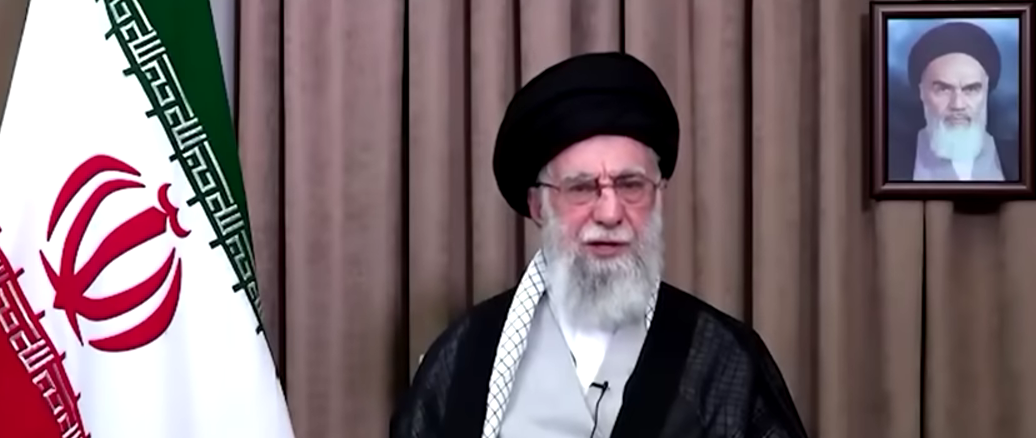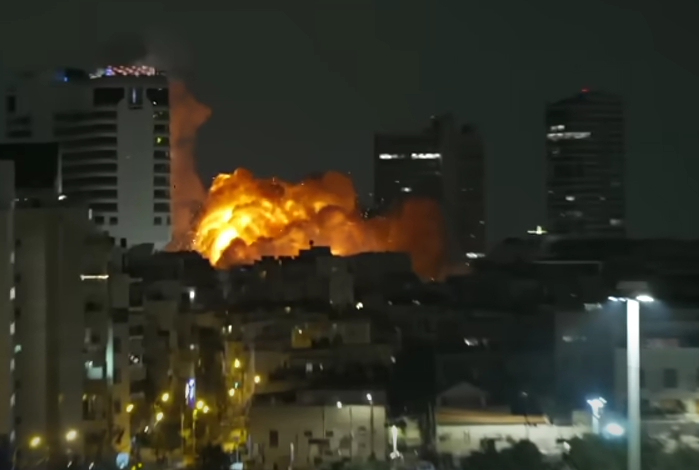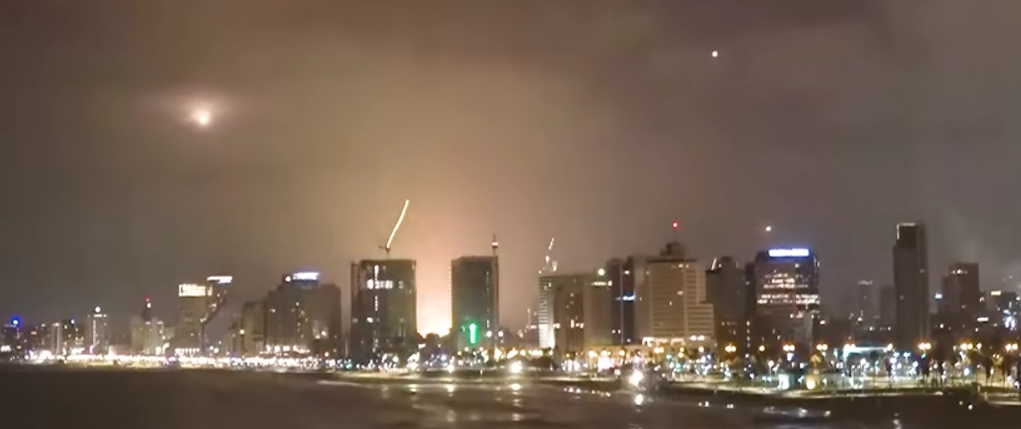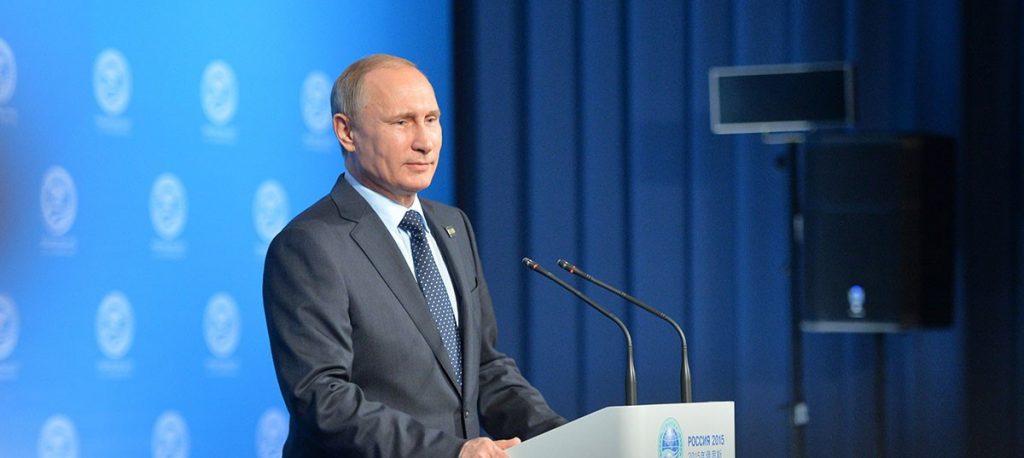Iran Allegedly Violates Ceasefire with Israel Hours After Trump’s Urgent Plea

What led to the rapid Israel-Iran ceasefire breakdown just hours after Trump’s announcement?
The Middle East was poised for peace when U.S. President Donald Trump announced a ceasefire between Israel and Iran, hoping to end a 12-day conflict that gripped the region.
The announcement, made on June 24, 2025, raised hopes for calm after intense fighting. However, within hours, the fragile truce fell apart, leaving the world questioning whether peace is possible.
What went wrong so quickly, and what does this mean for the region?
Israel-Iran Ceasefire Breakdown

On June 23, 2025, Trump took to Truth Social to declare a “complete and total ceasefire” between Israel and Iran, set to begin in stages over 24 hours.
The plan was simple: Iran would stop its attacks first, followed by Israel 12 hours later. Both nations initially signaled agreement, with Iran’s state media claiming the ceasefire began at 7:30 a.m. local time.
Israel’s Prime Minister Benjamin Netanyahu also confirmed Israel’s commitment, stating it had achieved its military goals and would halt strikes if Iran complied.
Yet, the peace was short-lived. Hours after the ceasefire was supposed to start, Israel reported detecting missiles launched from Iran, targeting its territory.
The Israel Defense Forces (IDF) claimed these attacks violated the truce, with at least one missile hitting a residential building in Beersheba, killing four people and injuring 22.
Iran’s military denied launching any missiles after the ceasefire began, insisting it had adhered to the agreement. This conflicting narrative has muddied the waters, leaving both sides pointing fingers.
Escalation and Retaliation

The breakdown sparked immediate consequences. Israel’s Defense Minister Israel Katz ordered “intense strikes” on Tehran, targeting regime assets and terror infrastructure in response to what Israel called a “severe violation” of the ceasefire.
The IDF reported intercepting some of Iran’s missiles, but the damage in Beersheba showed the real human cost. Emergency workers scrambled to rescue people trapped in rubble, with residents expressing skepticism about the ceasefire’s viability.
Meanwhile, Iran’s Supreme National Security Council warned that its forces were ready to respond to any further Israeli aggression, keeping tensions high.
The conflict’s roots trace back to June 13, when Israel launched surprise attacks on Iran’s nuclear and military sites, claiming they were preempting an imminent threat.
Iran retaliated with missile barrages, and the U.S. joined the fray on June 21, striking three Iranian nuclear facilities.
Trump’s ceasefire attempt came after Iran’s retaliatory attack on a U.S. base in Qatar, which caused no casualties but heightened fears of a wider war.
Qatar played a key role in mediating the truce, with its prime minister coordinating with both sides to secure agreement.
However, the rapid collapse of the ceasefire has raised doubts about diplomacy’s effectiveness in this volatile region.
What’s Next for the Region?

The ceasefire’s failure has left the Middle East on edge. Global markets, which initially surged with optimism at the truce announcement, now face uncertainty as oil prices fluctuate.
The United Nations has called for investigations into the conflict’s impact, particularly on civilians, with reports of over 400 deaths in Iran and 24 in Israel since the fighting began.
Both nations are bracing for potential escalation, with Israel vowing forceful responses and Iran promising to keep its “hands on the trigger.”
The international community, including China and Russia, has urged de-escalation, but the path to peace remains unclear.
As the world watches, the question remains: can diplomacy prevail, or will the cycle of retaliation continue?
The coming days will be critical in determining whether the Israel-Iran conflict can find a resolution or spiral further out of control.
You might also want to read: Big News: Trump Announces Ceasefire Deal Between Israel and Iran


